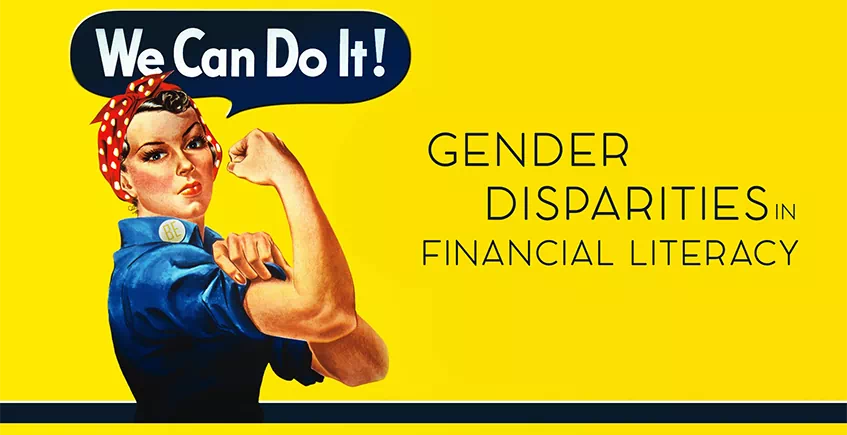Women are a humongous part of our workforce and play a key role in the American economy. The U.S. Department of Labor reported that 72 million are in the workforce, comprising a 47% of the total number of working Americans. Of the 14.6 million self-employed workers, 5.1 million are women.
Women are buying, women are selling, women are creating and leading in industries, yet when tested on financial literacy, women consistently score lower than men. There are a number of factors that contribute to this including a lack of financial education resources and opportunities available to the public in general. However, limited opportunities for financial education impacting half of our workforce can have a tremendous impact on the economic landscape come retirement age.
It is no secret that there is a significant wage gap between men and women. While this does affect potential for spending which affects industries, it also affects the rate at which women can pay off their loans, which delays their entrance into big-ticket markets such as homes and automobiles.
While the inability to pay off loans reduces the amount women are able to save for retirement, there is somewhat of a protection against that. Women are known to save at higher rates than men and 14% more likely to voluntarily contribute to defined contribution plans through work - which suggests there is a desire to save and plan for the future, just a lack of opportunities to learn how.

Bridging the gap between financial literacy and financial capability.

Featured Posts






